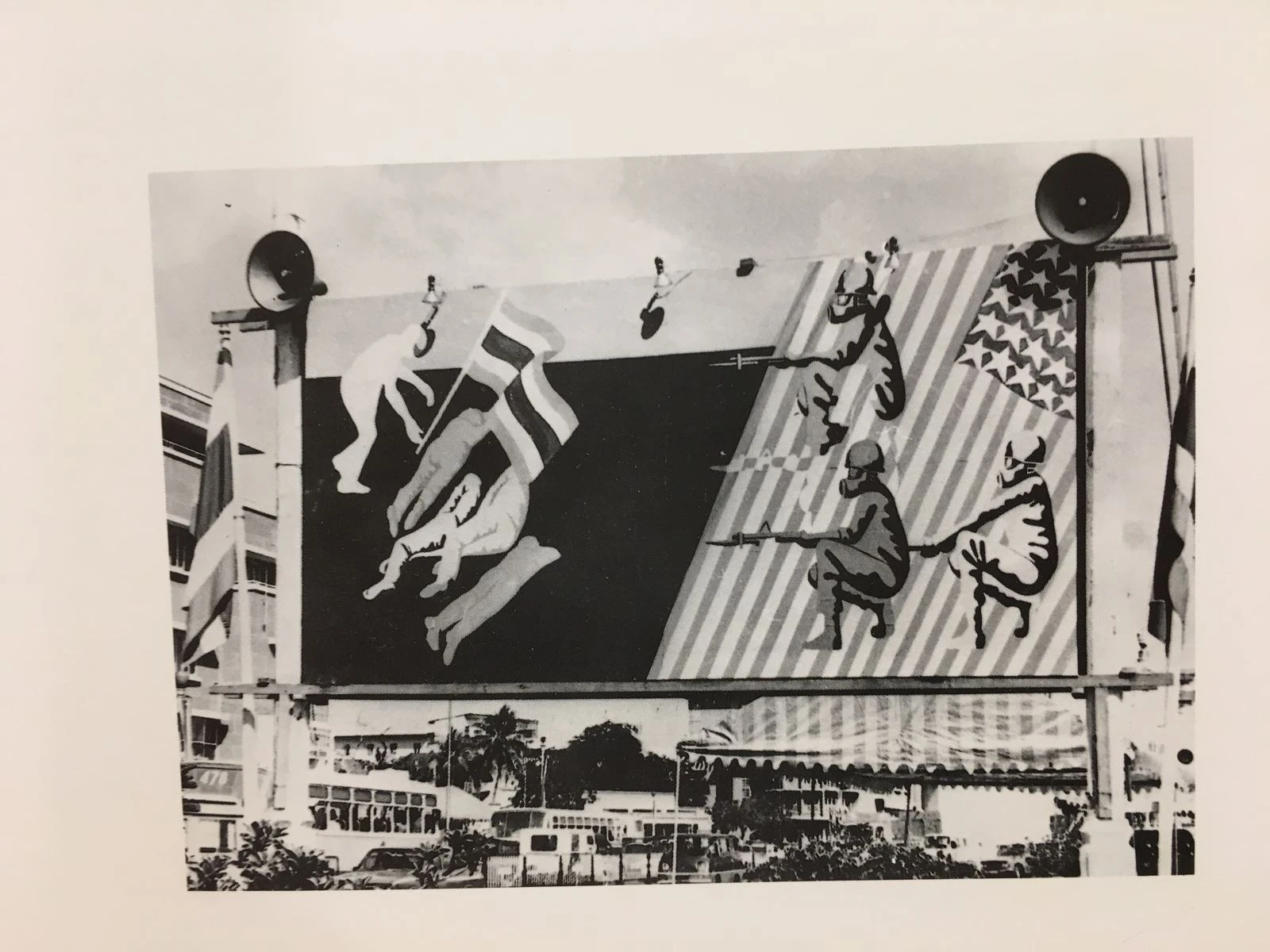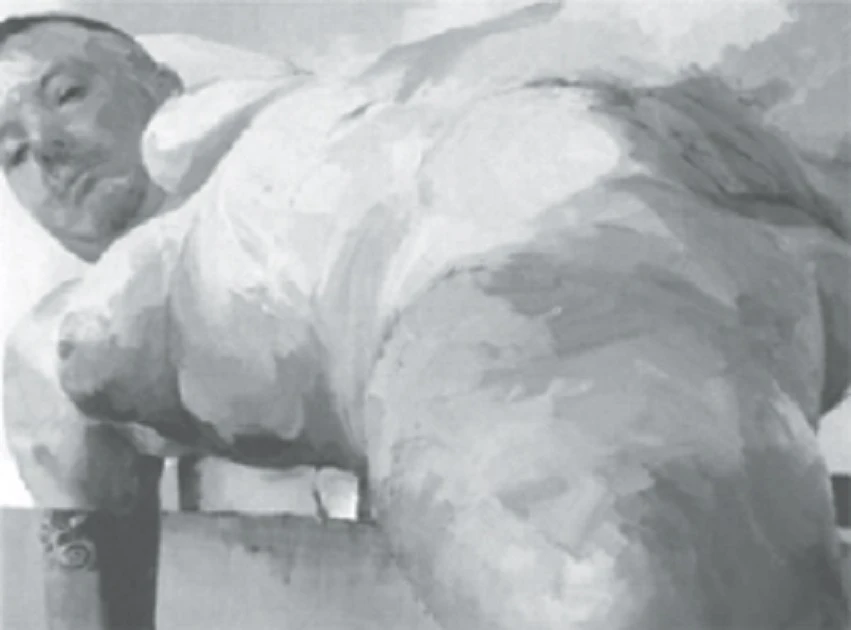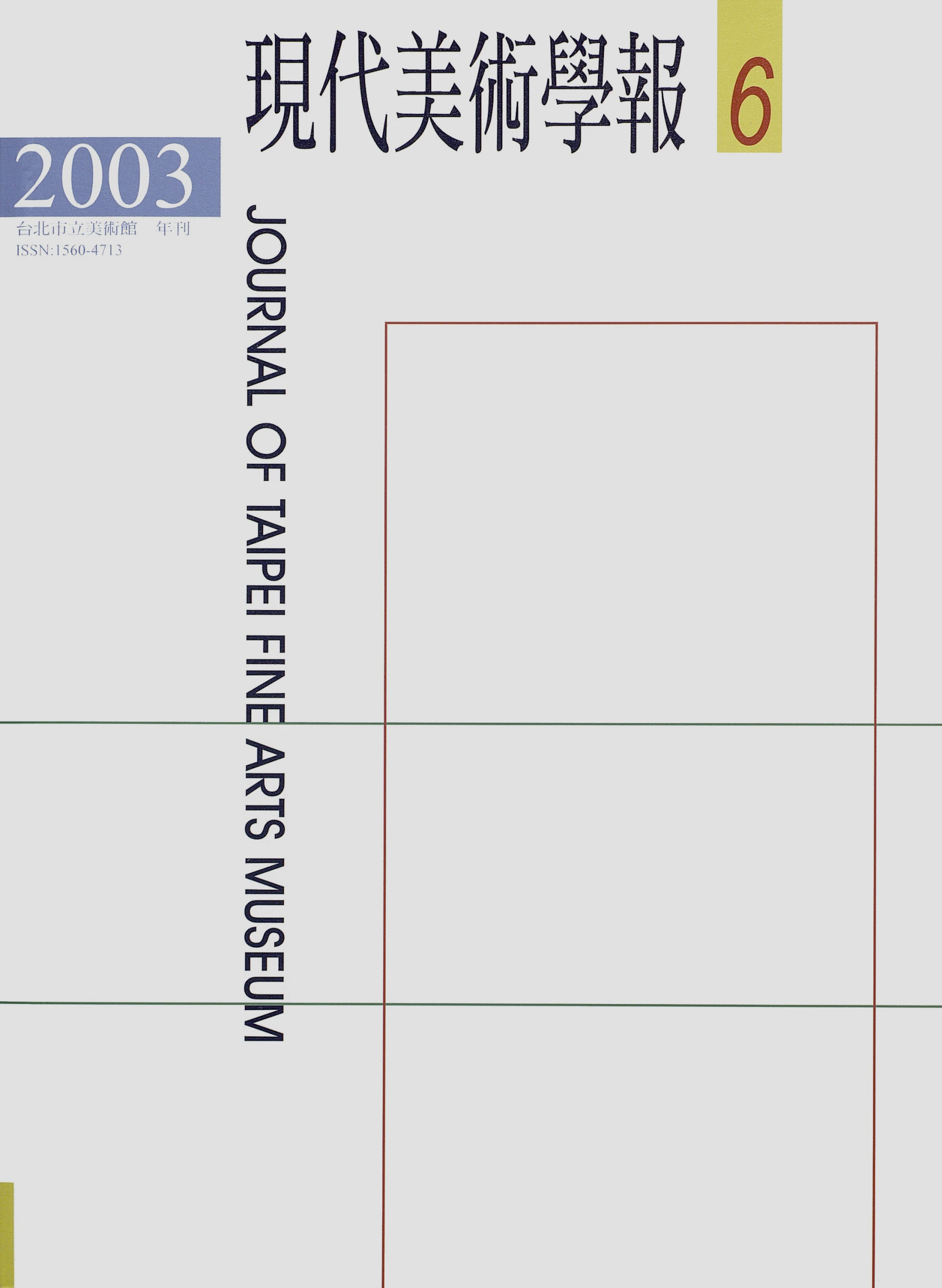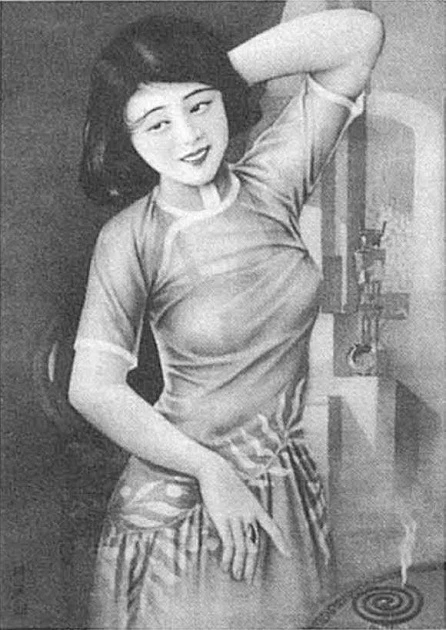摘要
回顧攝影史的研究範圍和主題設定顯示,在新藝術史和視覺文化推波助瀾下,攝影史書寫逐漸打破藝術史典範,以攝影特性出發,試圖建立其自身歷史的嘗試。在此過程中,早期攝影肖像研究無論在研究對象與方法論上都已溢出傳統肖像藝術的討論框架,轉入以臉作為表情劇場的再現或擬像課題。攝影與繪畫在媒材本質上的差異,造就了攝影史與藝術史書寫的斷裂,攝影研究逐漸打破既定藝術類型之分野,甚至使視覺藝術論述架構發生重新部屬的可能。
以法國早期攝影師自拍像為例,當時攝影者的養成背景、社會階層、製作目的,及影像的潛在觀者和使用脈絡,皆與以往藝術家自畫像立基於不同的圖像生產實踐與接受機制。透過跨學科、跨媒材的視覺文化方法論,本文將連結這些影像的觀看經驗與觀者心態,考察當時視知覺的自然生理與文化意義,試圖推斷早期攝影者如何將視知覺印象和經驗轉化為表現風格。再者,考察早期自拍像所預設的觀看框架和論述位置,探究這些影像的視覺化效果,以深化攝影新媒材如何介入肖像藝術的再現課題。尤其十九世紀下半葉起於技術疏失,爾後成為攝影師玩弄視覺特效,刻意製造鬼魅黑影的幽靈影像,既質疑亦反轉了攝影者對於真實與虛構、自我揭露與自我隱藏、景框內與外的分野,展現出圖像作為一象徵形式的視覺系統,相對於固著、投注的文字系統,有著更多文化、歷史與社會的無意識作用滲透其中。影像透過現實的擷取向觀者提出意義,這些視覺圖像不再受過去再現傳統中單一、靜態、內聚的景框所限,開始指向多重、動態、外延的框外之域,凸顯影像作為現實切片的無盡連續與意義的開敞性。
關鍵詞
自拍像、再現、景框、觀看、主體互為性
Abstract
With the pictorial turn of visual culture, the discourse of photographic history has overstepped the issues and methods of art historical studies and moved to develop its own unique historical discourse based on those properties innate to photography. In the process of this canonical shift in the art world, studies of early photographic portraits could no longer be confined to the conventional framework of discourse on portraiture. The issue of the portrait had been challenged, and this lead in turn to issues of representation and simulation. For this reason, essential differences between the two distinct media of photography and painting contributed to a fracture between discourses on art history and photographic history. Studies on photographic images have broken down the standard art historical categories and even effected a redistribution of categories in discursive framework of visual arts theory.
The self-portraits of the early French photographers offer an example. The artistic training, class background, purposes for making images and context in which their images were viewed differ greatly from the self-portraits of previous artists. The current investigation proceeds through an interdisciplinary methodology of studies of visual culture in order to probe issues of spectatorship and discursive space and to expand the discussion of representation since the second half of the 19th century, when photography began to intervene in artistic and social practice. It particularly, this essay looks at technical mishaps that enabled photographers to create special effects such as spectral shadow images. Such techniques became a playground for early photographers’ wits and talents and let them question or reverse the dualities of reality and fiction, self-disclosure and self-concealment, and the interior and exterior of the picture frame, thereby revealing a system of symbolic visual expression that contrasted with the relatively fixed and singular system of representational art that preceded it. Photography presented meaning to viewers by capturing realistic images. Its visual representations would no longer be limited by the single, static, cohesiveness of the picture frame, but would instead indicate a varied and dynamic territory beyond the frame. Photography articulated images as slices of an infinite, continuous reality and as being open-ended in meaning.
Keywords
photographic self–portraits, representation, frame, spectatorship, intersubjectivity






